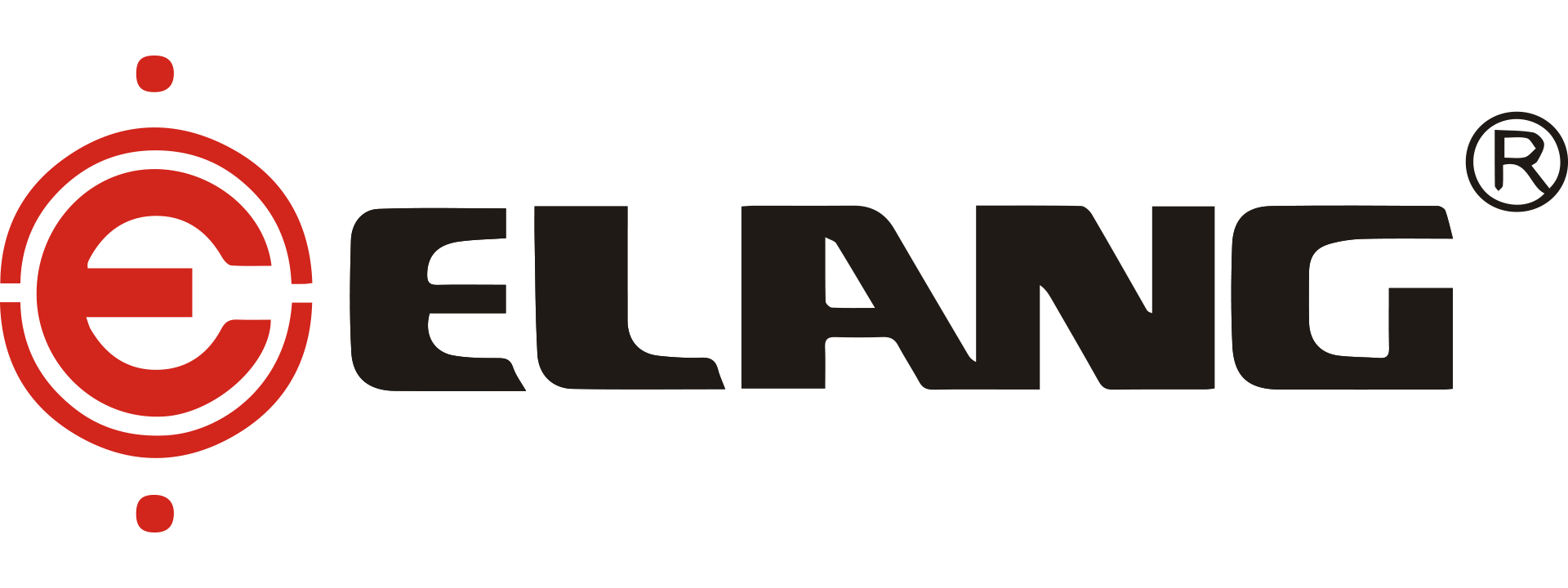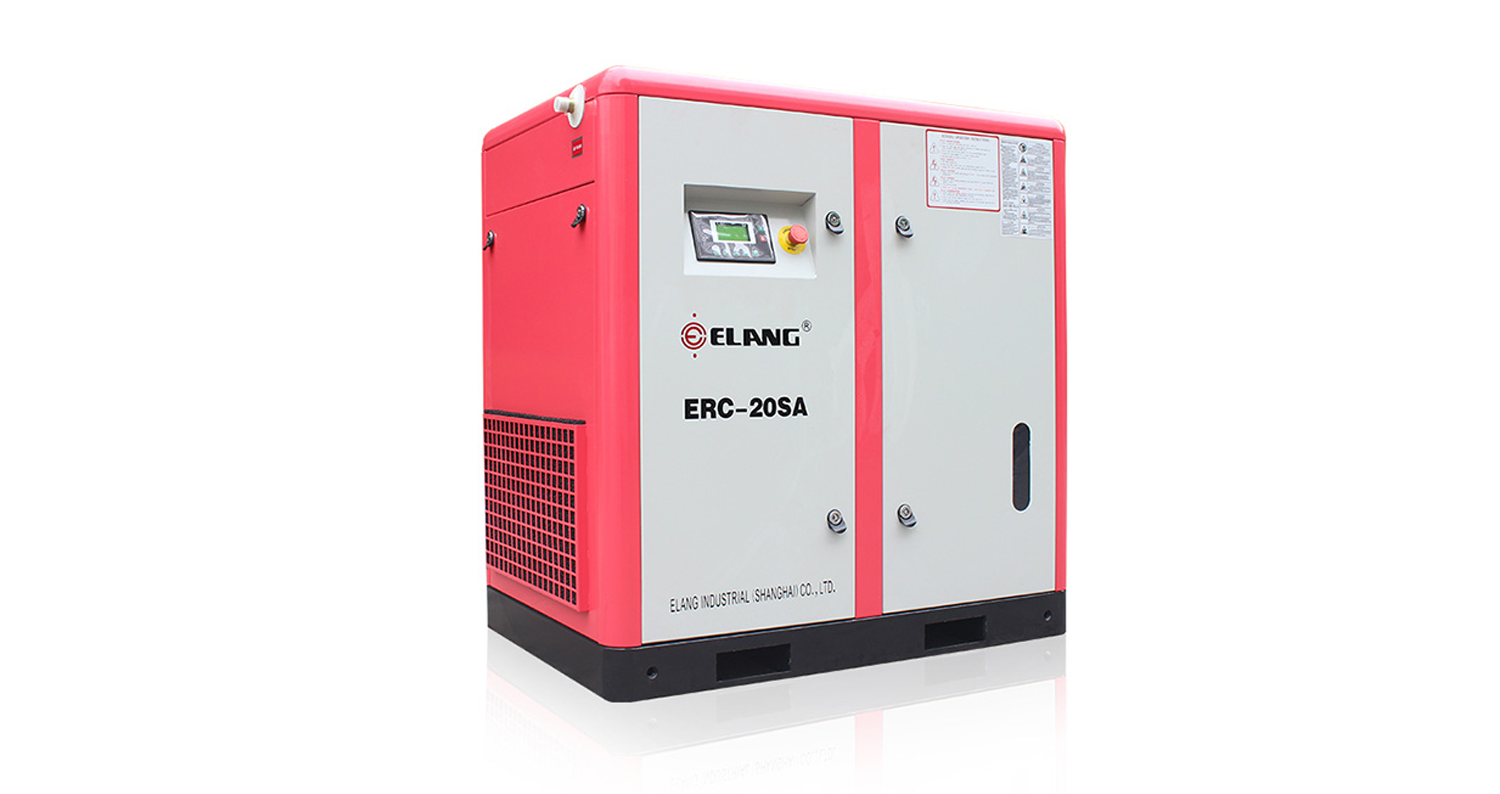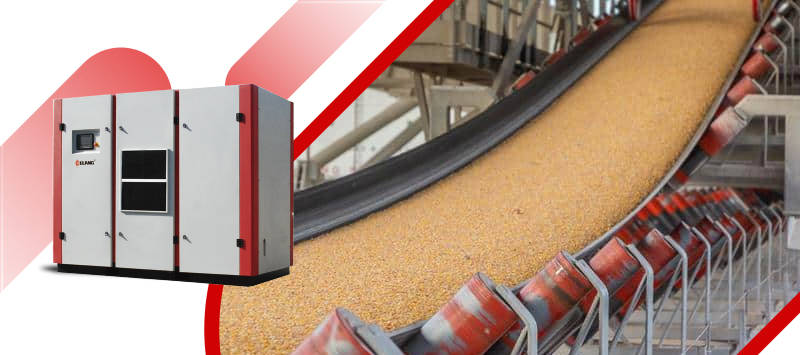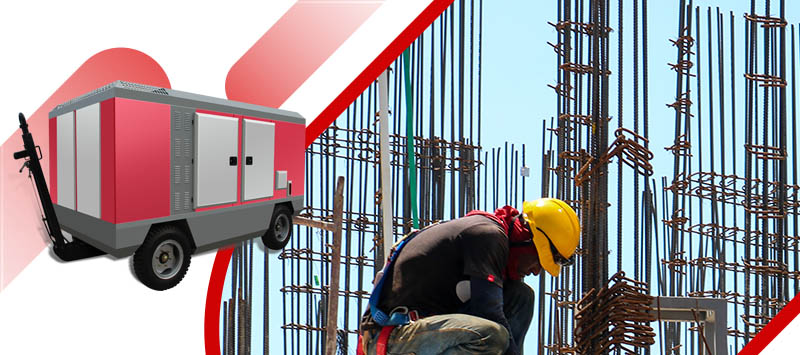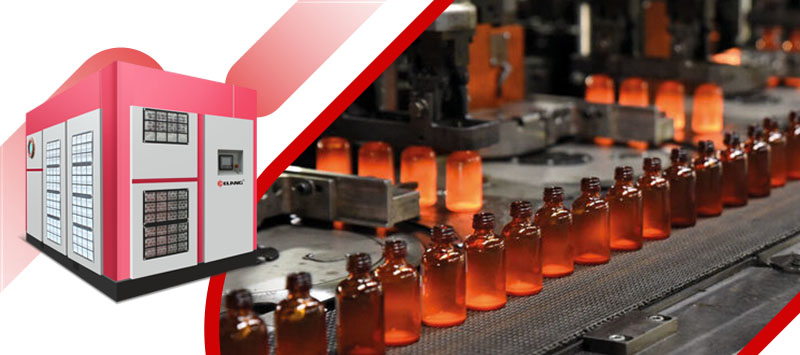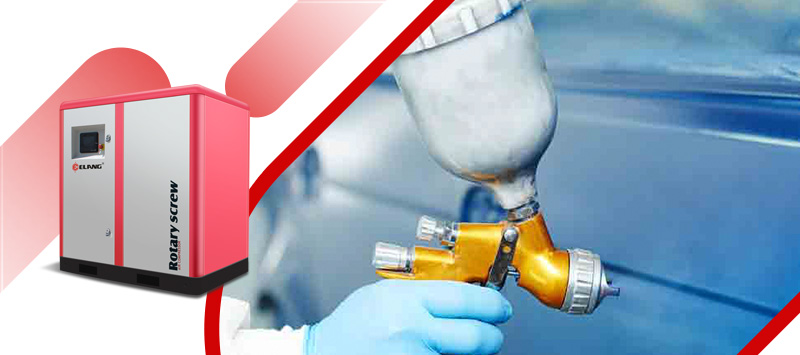
Spraying technology can be seen everywhere in life, such as the surface of automobile body, hardware and plastic products. Its main function is anti-corrosion. Screw air compressor is often used as power source in spraying process.
Requirements of air compressor in spray painting industry
The air compressor can be considered the heart of the entire spray painting operation, as it supplies all the compressed air required for spraying. Therefore, selecting the right compressor is crucial for certain industries, particularly auto repair shops. Most spray technicians assume that selecting a compressor with sufficient pressure is the right approach. In reality, this is incorrect. While all compressors can boost compressed air pressure to 12 kg, the critical question is: how long can this pressure be sustained when pneumatic tools are in operation? The correct selection criterion should be: the compressor’s air delivery capacity should slightly exceed the combined air consumption of all pneumatic tools.
The air spraying process has the advantages of convenient operation, easy color change, high production efficiency, good atomization effect and good high-quality surface spraying. Since the compressed air is in direct contact with the coating, it is required that the compressed air must be dry, clean, oil-free and water-free, so as to improve the spraying quality. Now let’s introduce it in detail.
1. The sprayed surface shall be free of impurities
Particle impurity is the natural enemy of spraying, and its existence will affect the appearance quality of the film. Especially in the coating occasions of high-grade decorative products, the paint surface must be flat and smooth, without particles and as bright as a mirror.
2. There is no oil or water on the sprayed surface
Oil or water in compressed air will cause quality defects such as shrinkage, pinhole, bubble and pitting. Shrinkage not only affects the appearance quality of the film, but also the exposed shrinkage will destroy the integrity of the film, which can not be eliminated by general polishing and polishing methods.
3. Constant pressure air supply
During spraying construction, the pressure of compressed air of screw air compressor must be kept within a certain range without large fluctuation. If the air pressure is too low, the atomization of paint solution will be insufficient and the paint film will be uneven; If the air pressure is too high, the paint atomization is good, but the paint fog speed will be too fast, resulting in increased paint loss. If the high-pressure air flow is sprayed on the uncured paint film, it is easy to produce paint film defects such as pits and small bubbles.
Therefore, the air compressed by screw air compressor must be treated before it can be used. The air compressed is a high-temperature air containing oil, moisture and dust. In order to ensure the qualified rate of spraying, it is generally required that the pressure dew point of the air compressor shall not be higher than – 40 ℃ and the impurities shall be less than 0.5-1 μ m. Secondly, the oil content shall not be higher than 0.01mg/m.
Compressor Selection
Based on operating principles, compressors can be broadly categorized into three types: piston-type, oil-injected screw compressors, and oil-free compressors.
Piston compressors offer higher air delivery rates, typically ranging from 0.1 to 2.5 m³/min. They are suitable for applications requiring substantial air volume, such as small automotive repair shops where only a few pneumatic tools operate simultaneously. However, when multiple pneumatic tools are used concurrently, pressure instability often occurs. In contrast, screw compressors typically deliver air volumes ranging from 1.1 m³/min to 70 m³/min, making them suitable for larger-scale spray painting facilities.
In practical applications, screw air compressors have gained widespread favor among spray painting plants due to their reliable operation, minimal vibration, and high efficiency.
Oil-free air compressors typically refer to units with an oil content of 0.01 ppm or less; exceeding this threshold classifies them as oil-lubricated compressors. There also exists a category of fully oil-free air compressors. Oil-free compressors require no lubricant, ensuring compressed air is free of oil and oil vapors at the source. This eliminates contamination risks to compressed air and final products while removing associated maintenance costs. However, oil-free compressors carry higher upfront costs, present heat dissipation challenges, and experience more severe bearing wear due to increased thermal stress.
Summary: Air compressors for spraying applications
It’s not hard to see that in the spray coating industry, more customers still opt for screw-type air compressors. This is because we can use air compressor aftertreatment equipment to remove oil, dust, and water from the air, thereby reducing equipment investment costs.
Of course, the air consumption of different spray guns is also different. Enterprises can reasonably configure screw air compressors according to the actual situation.
